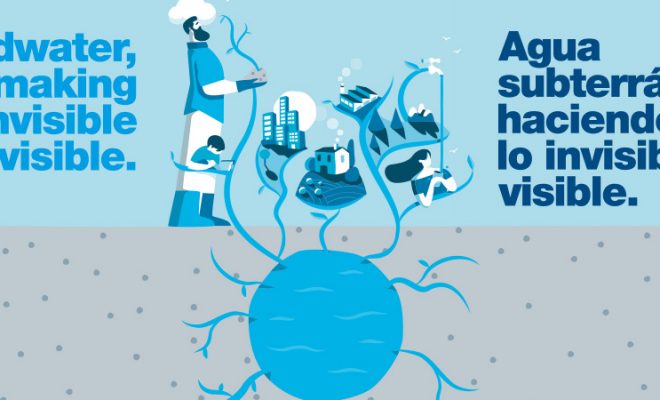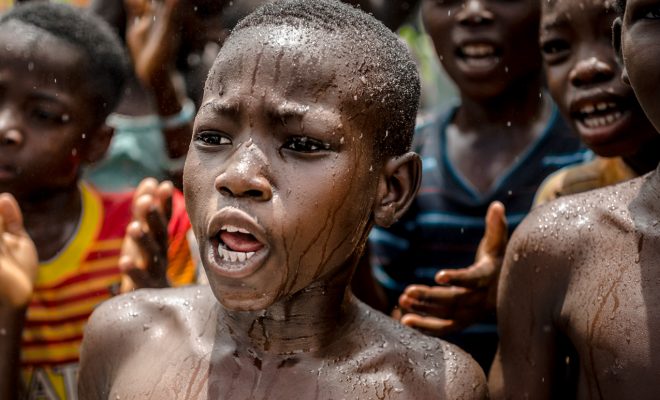
Since 1991, the messages sent by the experts gathered at the World Water Week (WWW) have emphasized the urgency of specific, direct, and compelling action on water problems. In these last editions, the term “urgency” has gained presence due to the increase of extreme situations which have alarmed public opinion. This year, significant progress has been made, and the gathered experts have clarified the terms of the threat, summarizing not only problems but also actions and attitudes so that all can understand and share the solutions.
This year, more than 5,000 people from 150 countries attended eight key seminars with the participation of public and private players, scientists, ministers, and economic decision-makers from all over the world. The event, which takes place at the end of August in Stockholm, is undoubtedly the most influential international meeting on water. Its conclusions set a parallel and complementary agenda to that of the SDGs.
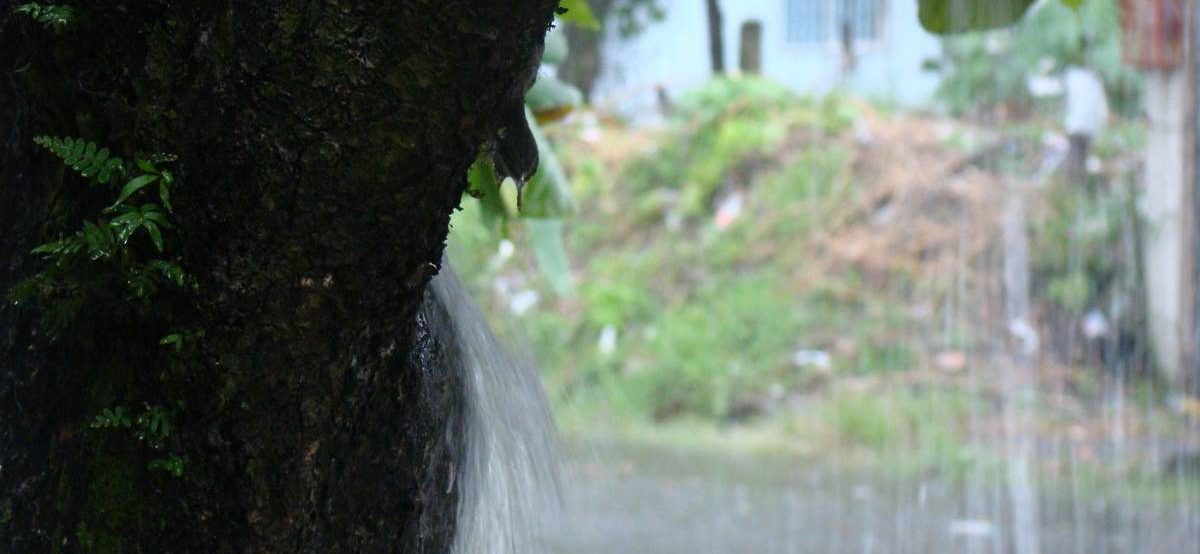
Water must be at the top of the world’s agenda. It is key to all human activities and forces us to reconsider a new approach to nature.© Eduardo Robles Pacheco
The IPCC was and is still right
This summer, in which the accumulation of water and climate warnings has extended to almost the entire northern hemisphere, the world is observing with growing concern how extreme weather situations are becoming “normal.” The event was held amid a drought that has affected dozens of countries typically not so vulnerable to water scarcity: living in an arid or semi-arid area is no longer necessary to have water problems. The IPCC forecasts are confirmed with an upward trend, so it is clear that the countdown to planetary sustainability is shortening.
Therefore, this year’s WWW slogan, “Seeing the invisible: the value of water,” needs no further justification. On the discussion tables at the meeting was a study proposing a new approach to water in nature: A planetary boundary for green water, led by researcher Lan Wang-Erlandsson and published in the journal Nature. It defines one more “planetary boundary” of the nine established by the Stockholm Resilience Centre: the one related to the availability of “green water,” which exists in rain, evaporation, and soil. The study concludes that we have already exceeded this limit and are putting the earth’s hydrological cycle at risk due to anthropogenic climate change and changes in land use: deforestation, inefficient irrigation, and uncontrolled grazing.
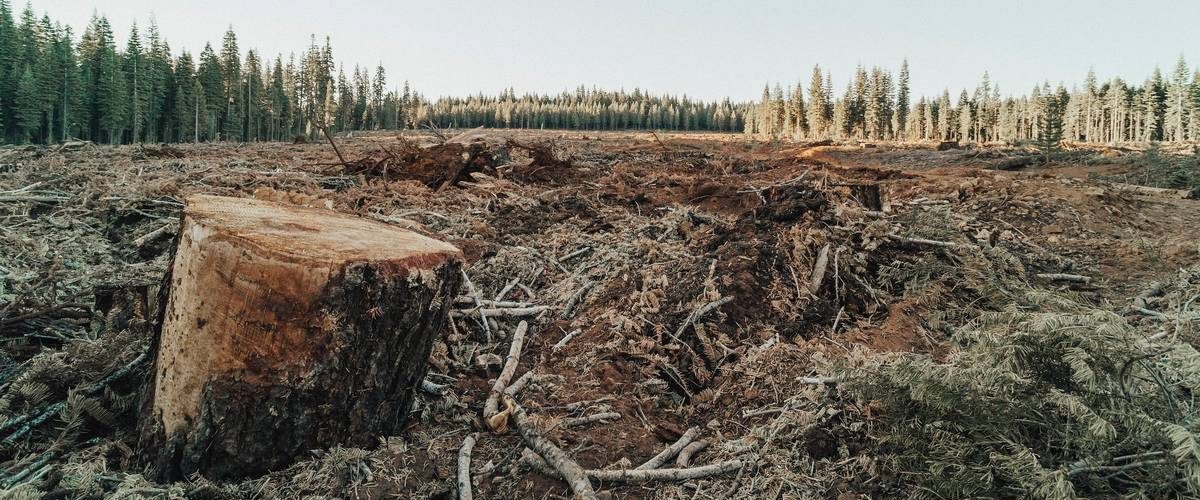
The study led by researcher Lan Wang-Erlandsson concludes that we have already exceeded this limit and are putting the earth’s hydrological cycle at risk due to anthropogenic climate change and changes in land use: deforestation, inefficient irrigation, and uncontrolled grazing. © Roya Ann Miller – unsplash
We need to redefine nature in relation to water
Lan Wang-Erlandsson’s study argues for scientific research and environmental assessments to consider a factor that has so far not been adequately considered: the role of soil moisture in the root zone of vegetation.
The idea, supported by most experts, is a critical factor for the resilience of the earth system given the ecological, climatic, and social interactions that this water, closely related to plants, entails. Thus, by reconsidering the concept of soil moisture, the approach to the value of invisible water in aquifers and the atmosphere lays the foundations for a new relationship with nature and with the vast natural capital of the green mantle of the biosphere.
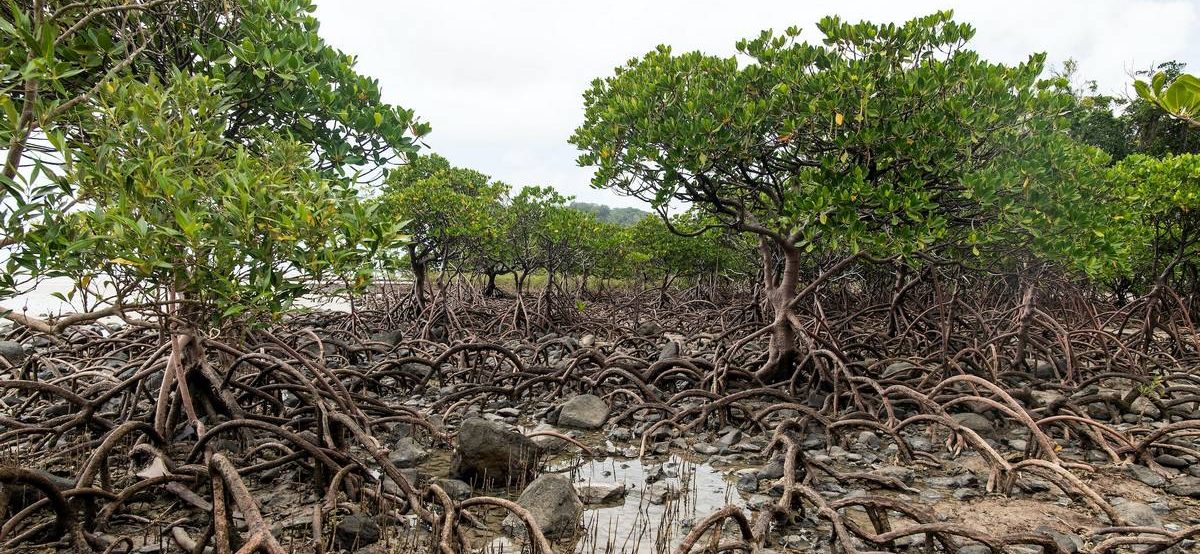
Lan Wang-Erlandsson’s study argues for scientific research and environmental assessments to consider a factor that has so far not been adequately considered: the role of soil moisture in the root zone of vegetation. © David Clode-unsplash
Water is the key to everything
Lan Wang-Erlandsson herself declared at the week’s opening: “Food is water, energy is water. Everything is connected to water.” In turn, Sandra Postel, the prestigious environmental researcher, founder of Global Water Policy, and last year’s winner of the Stockholm Water Prize, an award often referred to as the “Nobel Prize for Water,” concluded that “humanity is facing three existential crises: water, the environment, and climate change. And water management is a key factor not only in the first but also in the other two.”
For the scientists gathered in Stockholm, it is clear that we will experience climate change mainly through alterations in the water cycle. Water, which for many was almost “ignored” as a problem in the uncertain Millennium Development Goals (MDGs) in 2000, and which has merited its own SDG 6 in the 2030 Agenda, has become a determining factor in all problems and, above all, in all solutions.
The COP 27 climate conference in November, the COP 15 biodiversity conference in December, and the UN Water Conference in March 2023 will be crucial for the international community to embrace this idea.
We need more social transformations
Most of the sessions agreed that deep social transformations are the basis for solving problems on a global scale and not the other way around. To this end, it is essential to determine how solutions that have proven efficient in different countries or areas can be scaled up and to see what governance, education, and cross-sectoral collaboration measures need to be enhanced. We must ensure that the value of water is understood by all, beyond ideologies and national interests; raising awareness of water and its implication in the entire natural capital that exists on Earth is a principle that forms the basis of the educational and communication strategies we must collectively design.
Transformations have to be led by younger people. In this sense, the evolution of the age of the participants in the event is encouraging: in 2016, less than one percent of the participants were under 35 years old, and this year they have reached 33%. But, in society as a whole, young people are still absent from the decision-making process, and this must change. Gender inequality is also evident in the case of women’s leadership, who, as the group that suffers most from lack of water, still face political and social barriers to participation in large parts of the world. No genuine change is possible if this is not addressed decisively.
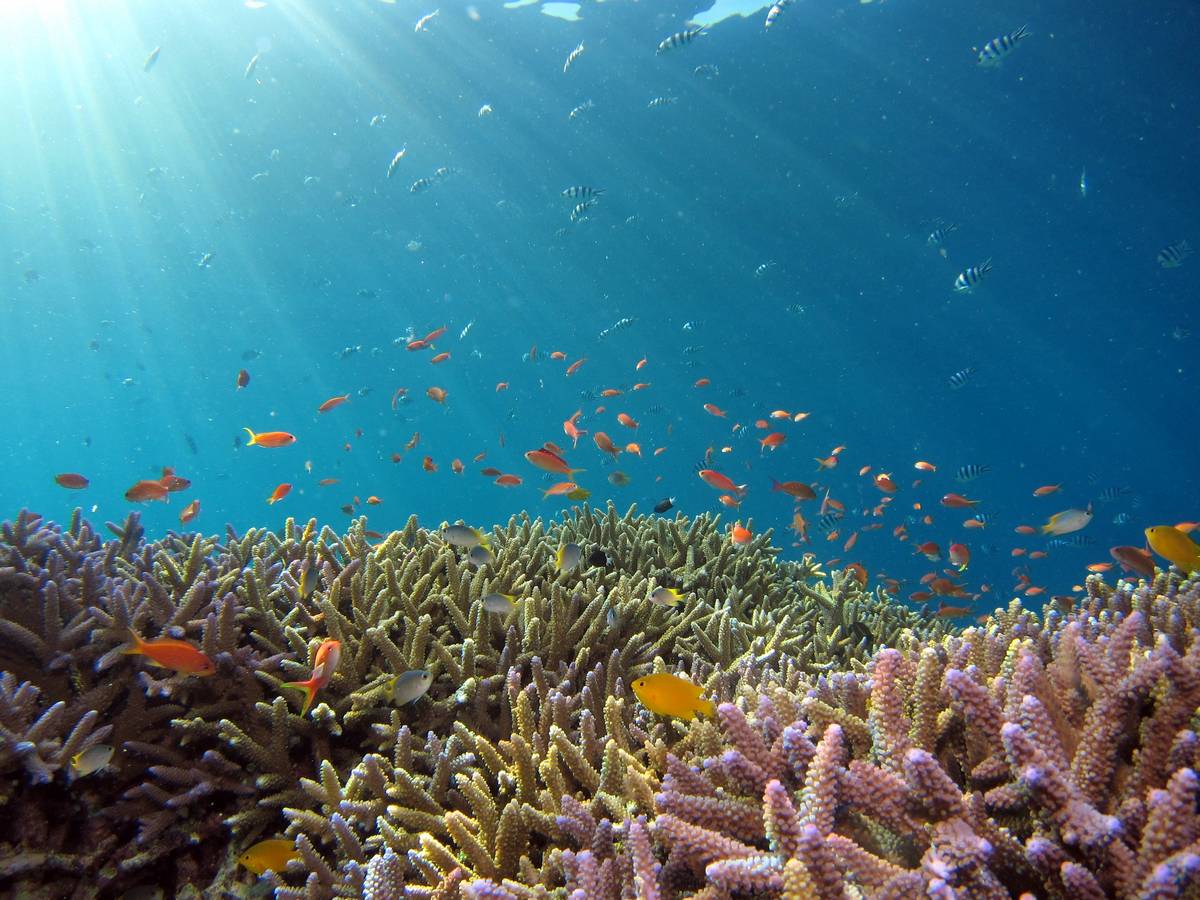
We must look at water holistically, recognizing the connection between terrestrial, freshwater, and ocean water ecosystems. © Hiroko Yoshii-unsplash
Let’s open our eyes: there are more solutions than people think
Most experts stressed the importance of tackling water, environmental and global warming problems simultaneously and in a coordinated way to increase the number of possible solutions. And it is the glimpse of opportunities that prompts governance to generate regulatory and incentive frameworks for the necessary investments.
A clear case in point is the circular economy approach, which extends value generation to a long chain of sectors that benefit and provide more value. WWW 2022 showcased a wide range of specific ideas that could significantly reduce the impact of droughts and floods while promoting jobs: investments in sanitation, regenerative agriculture, intelligent urban planning, early warning systems, and watershed restoration.
We must look at water holistically, recognizing the connection between terrestrial, freshwater, and ocean water ecosystems, the immense generators of nature’s great water cycle. Gabriela Suhoschi, director of World Water Week, stated, “We have the potential to set the world on a more sustainable course, despite worrying trends such as increasing polarization, conflicts, and international tensions. But, to do so, we need a new narrative of what is possible and a shared understanding of the goals we wish to achieve.” The director noted that the event wants to become “a conference about water for people rather than a conference for water people.”



